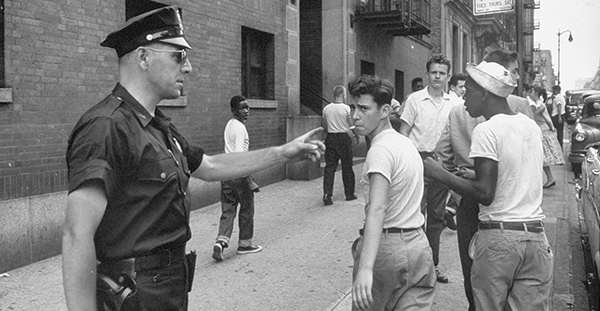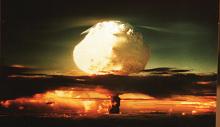
At the end of the 19th century, politicians across North America enacted a series of measures to address juvenile delinquency. Youth caught in public after curfew were brought to the new juvenile courts and disciplined; those deemed incorrigible could be sent to reform school. The evolution of policing juveniles and how state laws dealt with misbehaving adolescents are the focus of research by Tamara Myers.
As part of her current book project, titled Youth Squad: Cultural History of Policing Children in Mid-20th Century North America, Myers examines how the police—once at the edge of the juvenile justice system—became central to it and ultimately embedded into schools in the late 20th century.
“The historical change here,” she says, “is that urban police forces become ‘youth conscious’ in the 20th century, attempting to shed their reputation as the repressive arm of the law,” she says.
Myers, associate professor of history, says one of the ways police did this was to establish youth squads. These units were charged with clearing the parks and streets of delinquents, all the while “befriending” young people. Youth squads went after kids who were seemingly growing up in misspent youths. This resulted in heavy policing of children, particularly in the middle decades of the 20th century. Her research focuses on curfew laws, police athletic leagues and police involvement in traffic safety campaigns.
“There’s a change as police move into the schools to educate kids about their legal rights and to educate them about what is a delinquent act, what the law is and what happens when you abrogate the law,” Myers says. “Kids had previously been taught to be afraid of police, but youth squads saw themselves as bestowers of liberal citizenship. They told kids, ‘All you need to do is obey authority.’ Yet, not all youth had access to this form of belonging, as it was racially and ethnically prescribed and predicated on conformity to masculine norms.
“The rhetoric of youth conscious policing suggested they were on the side of kids. But what this process produced was a surveillance network that normalized the police presence in modern childhood.”
































